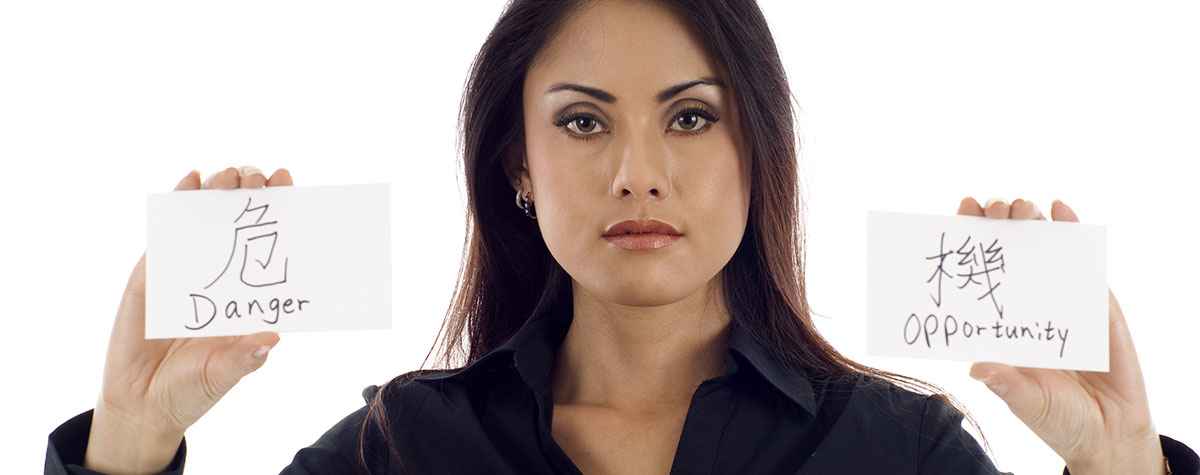What we call the beginning is often the end and to make an end is to make a beginning. The end is where we start from.
T.S. Eliot
The Chinese character for ‘crisis’ consists of two parts: one signifies danger and the other opportunity. This is the nature of change; we respond to both aspects, danger and opportunity. There is opportunity in danger and danger in opportunity.
The path through transitions, whether it is our choice or it occurs due to outside forces such as our current Pandemic, it is rarely smooth or predictable. We need to recognize the change is occurring and let go of our old ways – It is often an emotional struggle.
External global forces, as well as internal economic and social pressures are now contributing to the biggest transition in all our lives, in both our personal and our professional worlds.
There are four phases of a transition in our lives.
The first phase is Denial. Our first response is often shock – a general refusal to recognize the information. In this way we protect ourselves from being overwhelmed. Common responses to this include:
- Denial: “This can’t be happening.”
- Ignoring: “I’ll just wait until this blows over.”
- Minimizing: “This just needs a few minor adjustments.” “I can just tweak this.” “If only…”
The second phase is Resistance. In this phase, things often seem to get worse. It is common to spend time looking for someone or something to blame. Personal distress levels rise. You may become physically ill or feel all sorts of physical, emotional or mental symptoms. In this phase, you are mourning the past more than preparing for the future.
By acknowledging your feelings at this stage you are ready to move more quickly to the next phase.
The third phase is Exploration. After a period of struggle, individuals and organizations usually emerge from their negativity, breathe a sigh of relief, and shift into a more positive, hopeful, and future-focused phase. You realize you are going to make it though OK.
What emerges here is the energy to put an idea into action. You begin to discover and explore new ways. You start clarifying goals, assessing resources, exploring alternatives, and experiment with new possibilities. This is a period of high energy.
Finally, the last phase, Commitment. You have broken through the challenges, discovered new ways of doing things and or adapted to the new situations. The commitment phase begins when you focus on a new course of action. There has been growth and adaptation.
This cycle of transition never ends. As long as you live, you will continually experience a rhythm of change and face new challenges and crises. Knowing the different phases of transition may help make the transitions easier to move through.
If you’re in a bad situation, don’t worry – it’ll change. If you’re in a good situation, don’t worry it’ll change.
John A. Simone
Written by Pat Obuchowski


